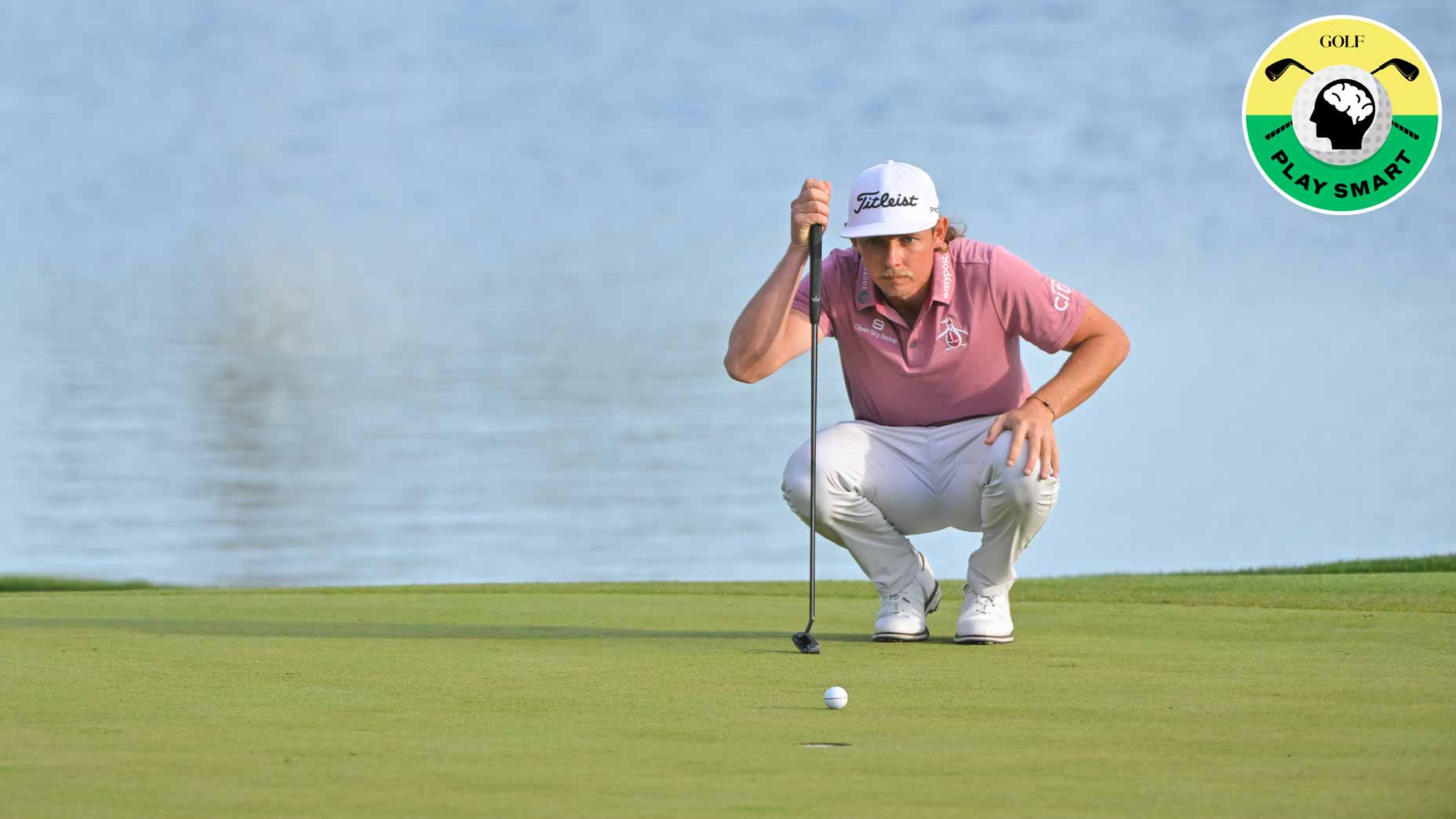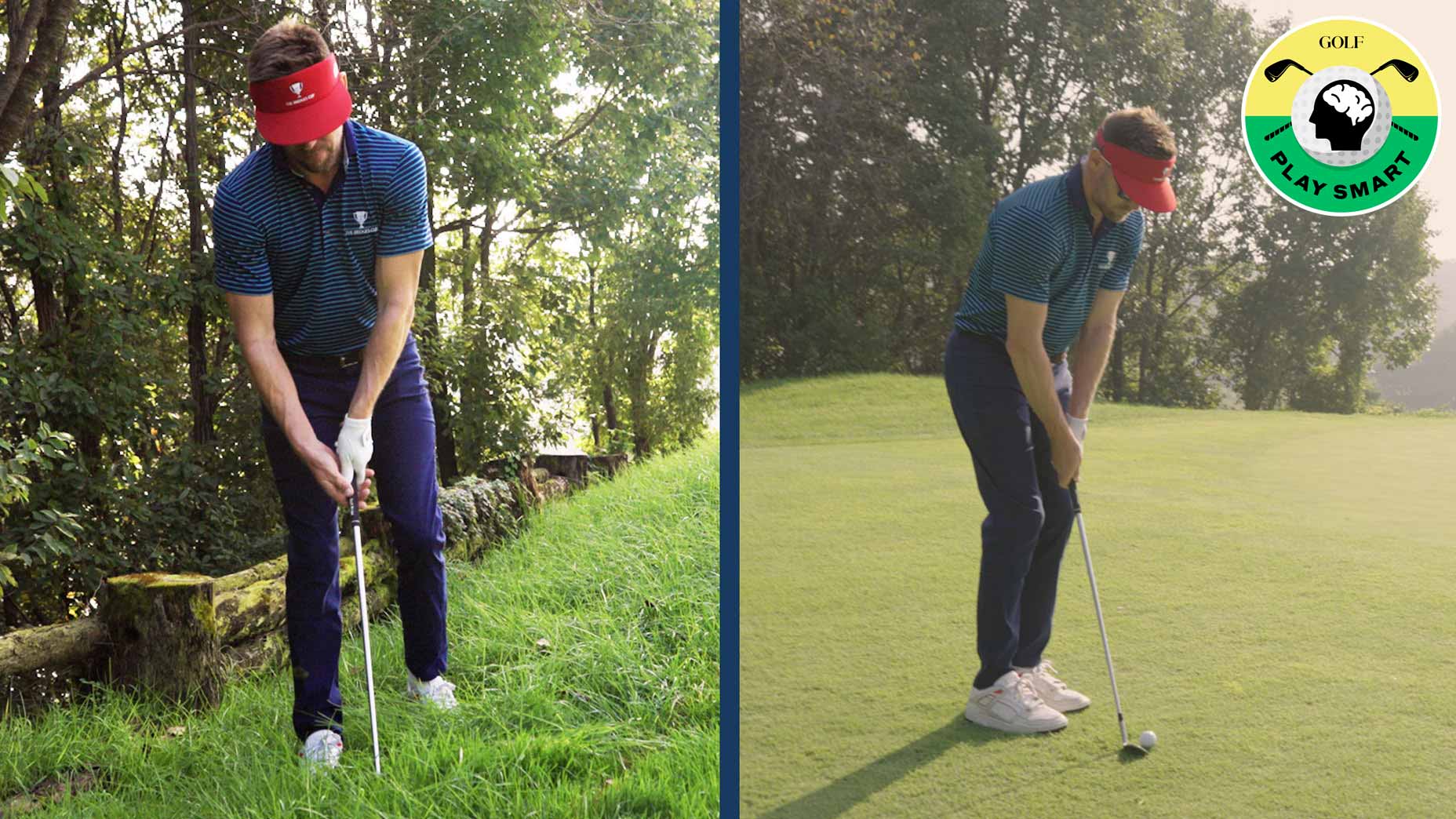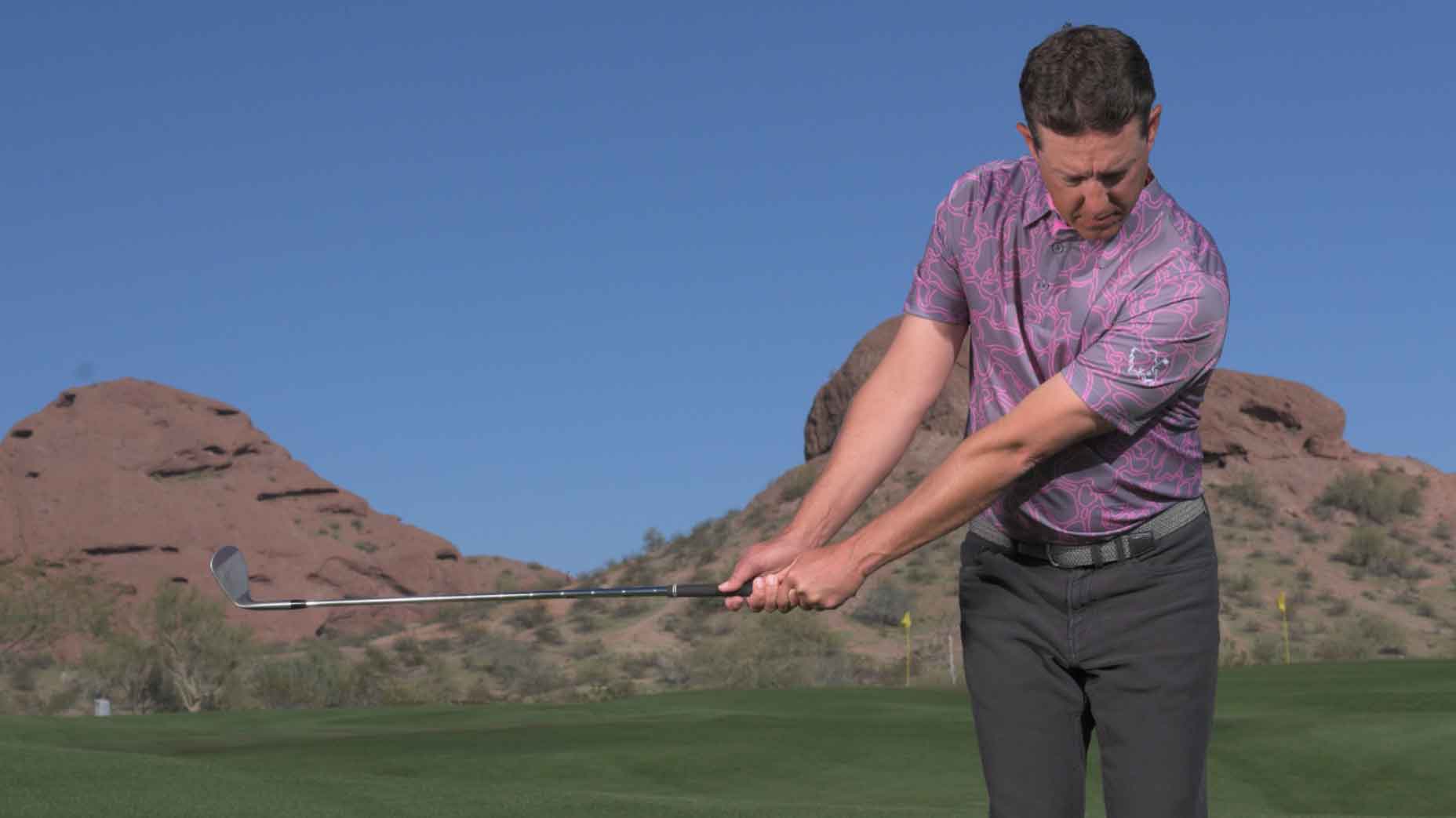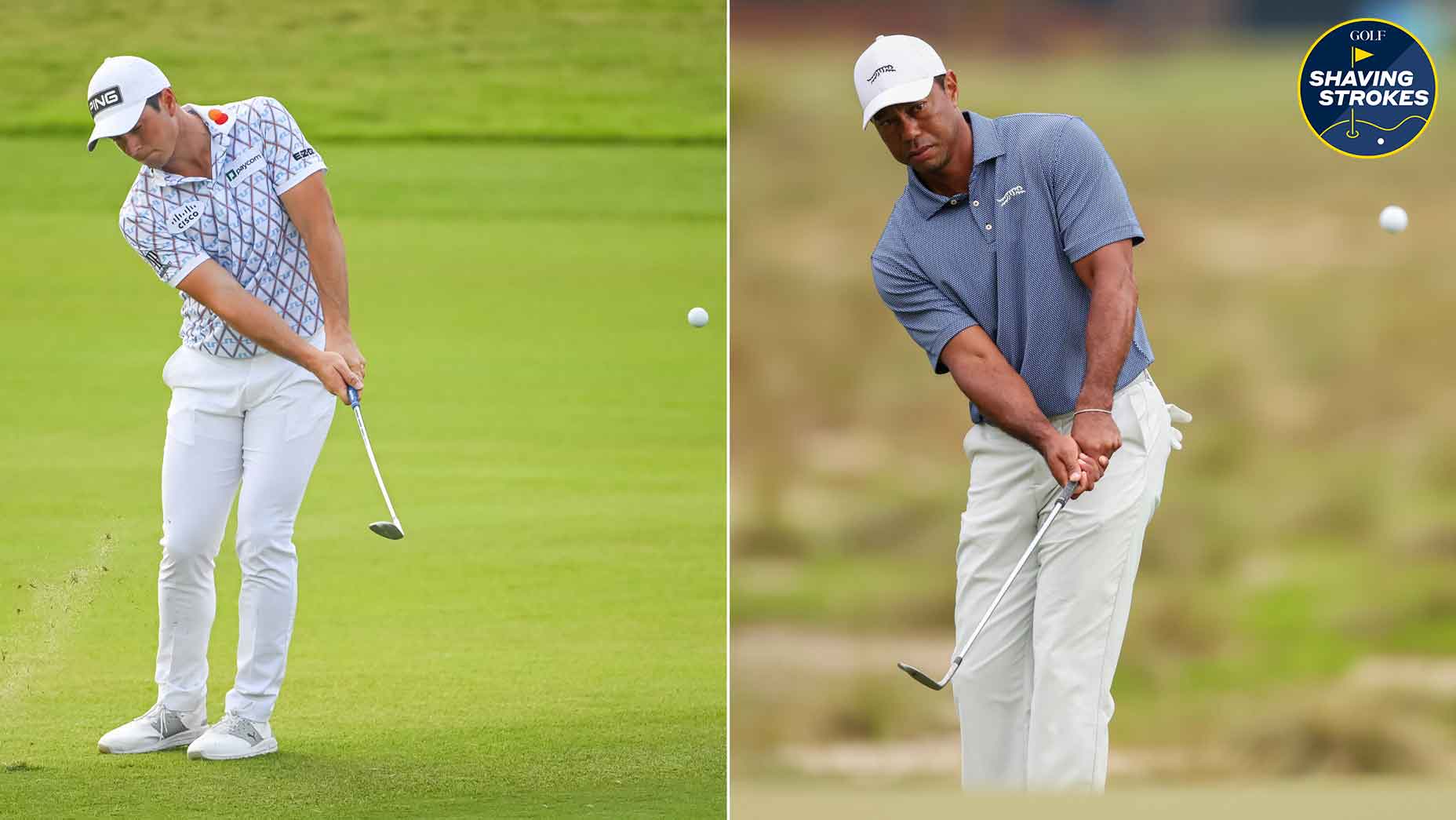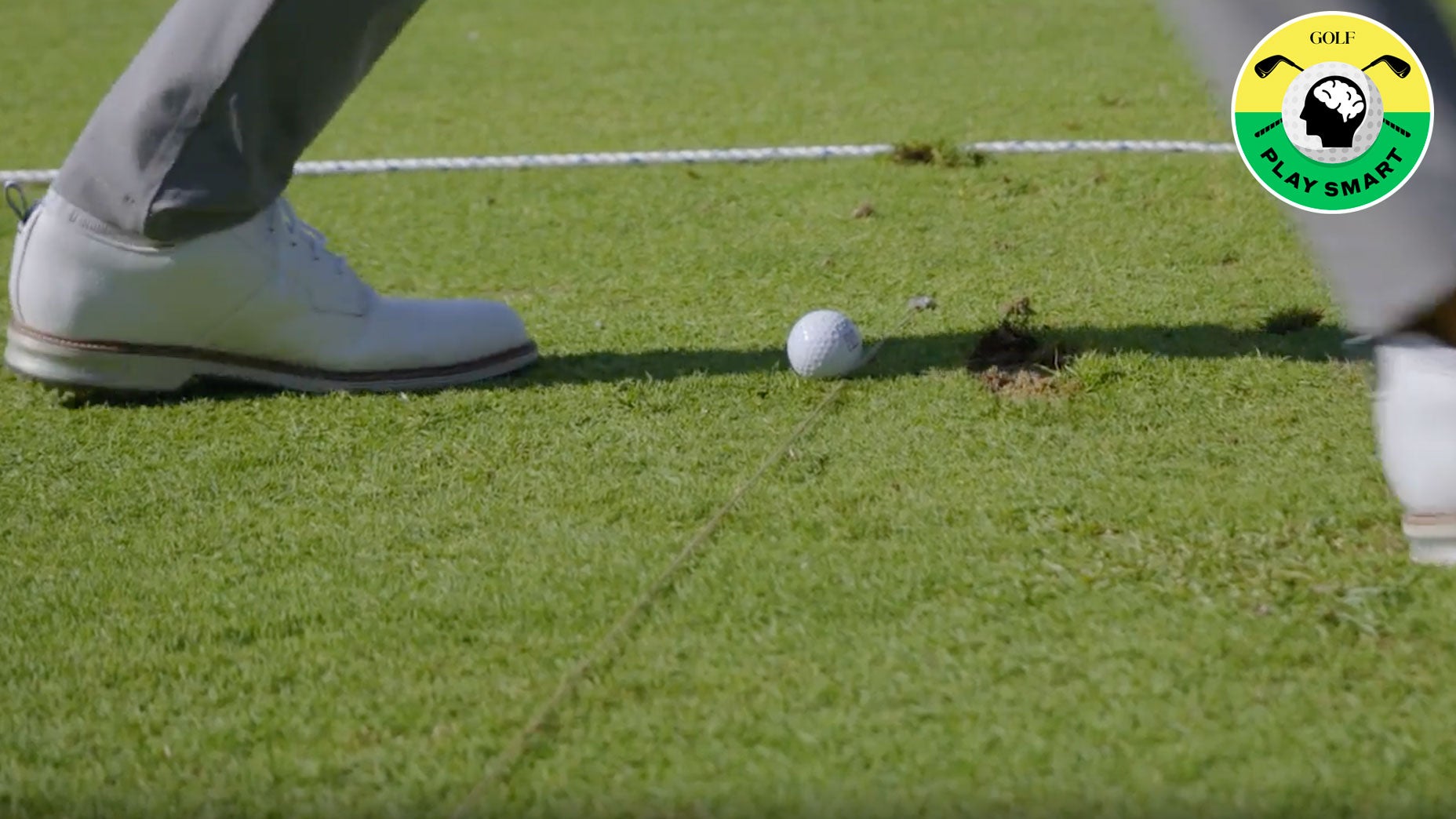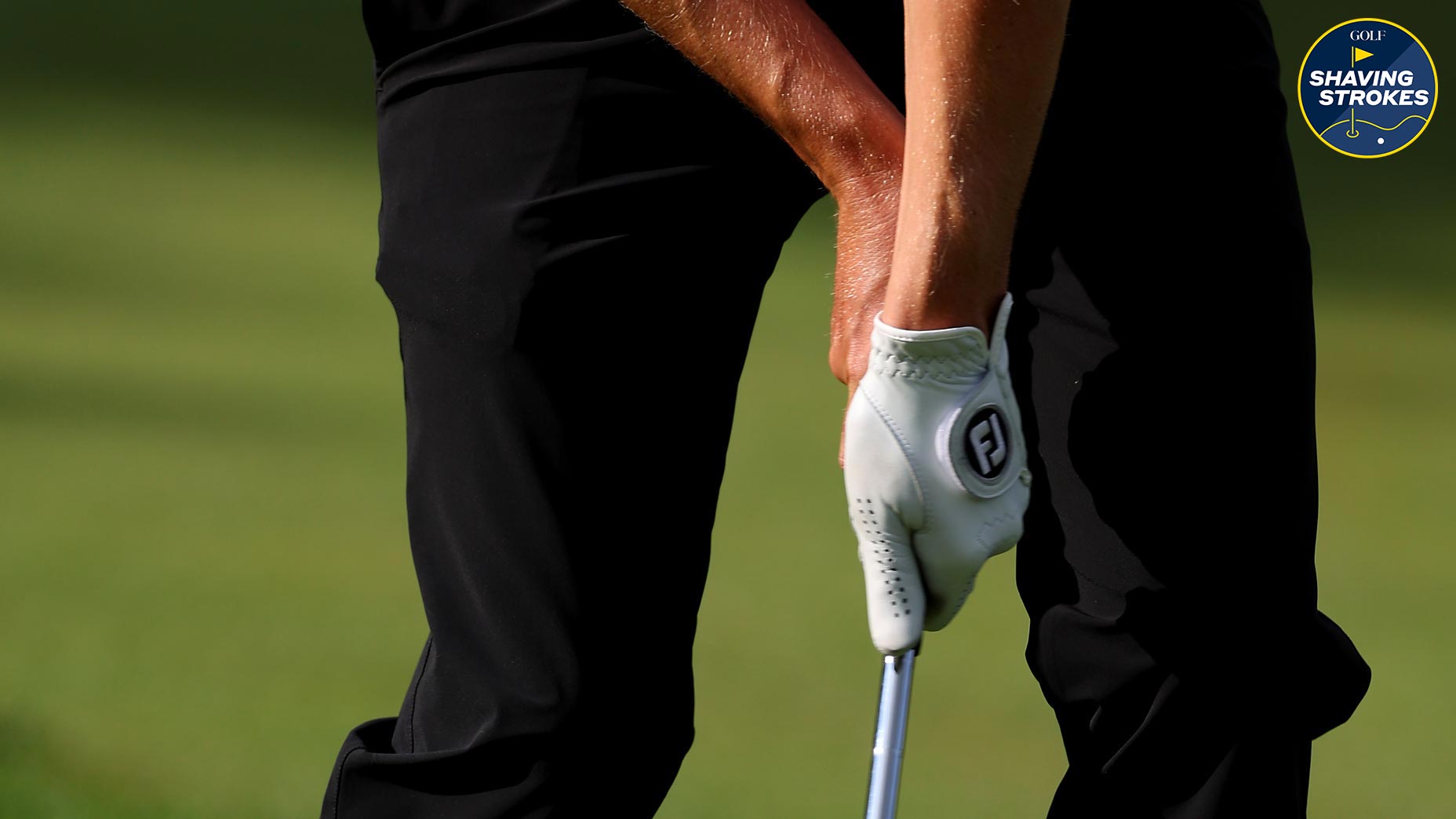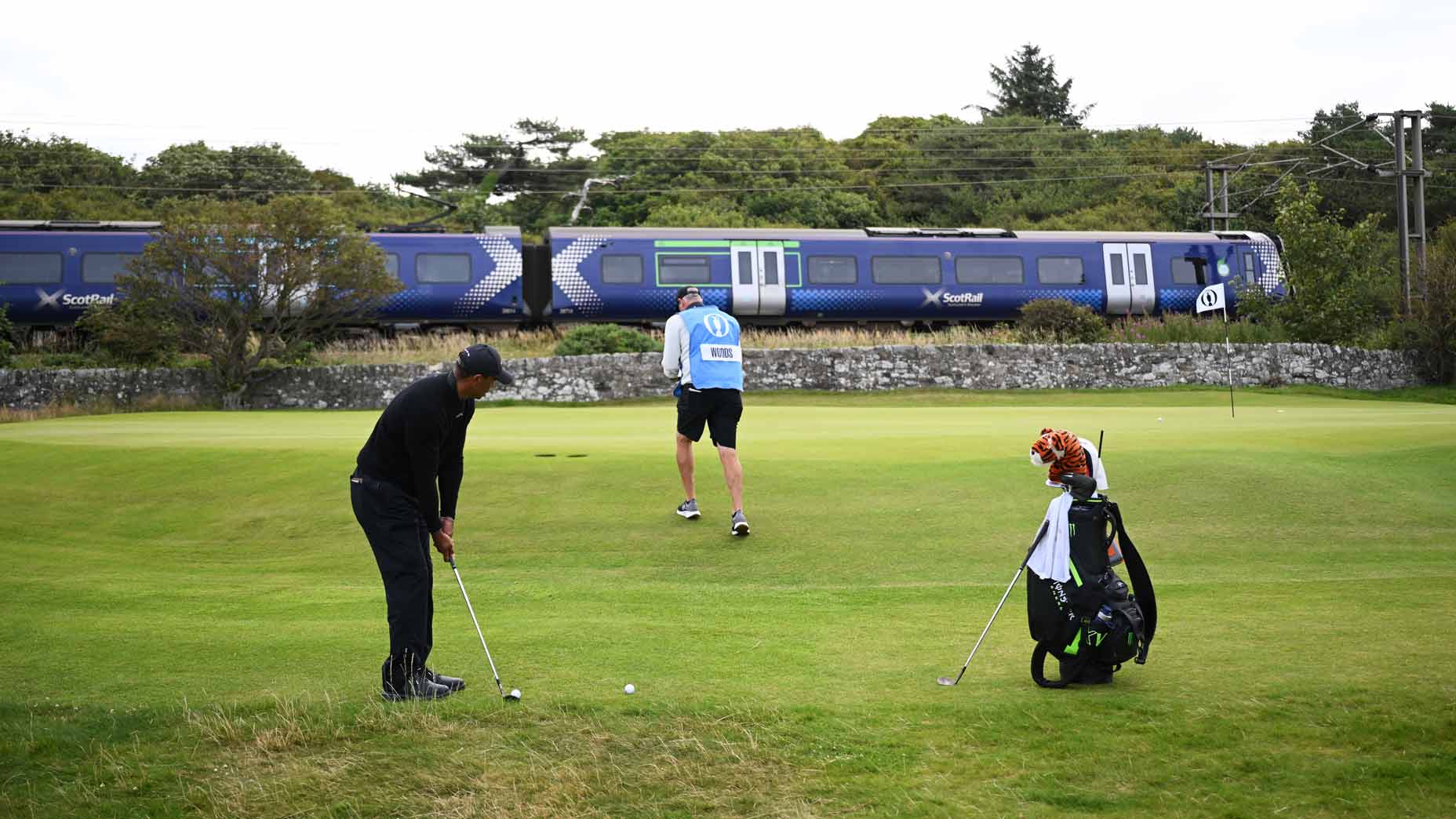Welcome to Play Smart, a regular GOLF.com game-improvement column that will help you play smarter, better golf.
One of the best investments in your golf game you can make is getting fit for clubs. There’s nothing wrong with buying clubs off the rack, but playing clubs specifically made for you makes a world of difference.
Getting fit will pay huge dividends — every mishit will be a little less penal, and the solid shots will fly like you’ve never seen them before.
However, one overlooked facet of the club-fitting process is getting into wedges built just for you. In last week’s episode of GOLF’s Subpar, Parker McLachlin (aka The Short Game Chef) joined Colt Knost and Drew Stoltz and shared two keys for selecting the best wedges for your game.
How to select the perfect wedges
Your wedges are your scoring clubs, so it’s important you can wield them to their full potential. But it’s not enough to just practice with these scoring clubs — they also need to match your swing. That’s because you need a wedge with the proper bounce and grind. When you’re selecting wedges, McLachlin says you need to keep in mind two main things.
1. Location
Every golf course is different from the next — and that’s not just from a design standpoint. The grass and turf conditions are different at each course as well. A course in the Pacific Northwest will have vastly different turf than a course in West Texas. This is important to note because where you play a majority of your golf will have a huge impact on what types of wedges you should be playing.
“If you’re in Seattle, more of those Poa Annua conditions, you want that bounce to keep you up above that ground,” McLachlin says. “Where as if you’re on that firm [turf], you want something with less bounce.”
Think of it like this: The more bounce, the more the club will keep the blade above the ground. If the ground is soft, you want more bounce so the leading edge isn’t digging into the turf as much. But if the ground is firm, you want something that will be able to cut into that tough turf a little more to give you better contact.
2. Your swing
The way you swing the club will also have a huge impact on the bounce you want to play on your wedges. If you have a really steep attack angle, you’ll be more inclined to dig into the turf, whereas if you have a shallower angle of attack, you’ll want something that helps you dig a little more.
“If there’s more give, you want to go with a little more bounce,” McLachlin says. “That bounce is going to keep you surfing on tip of the grass.”
If you tend to take massive divots with your wedges, getting something with a little more bounce might benefit you. But if you tend to blade the ball, try something with less bounce to help the club dig into the turf and help you make better contact.



